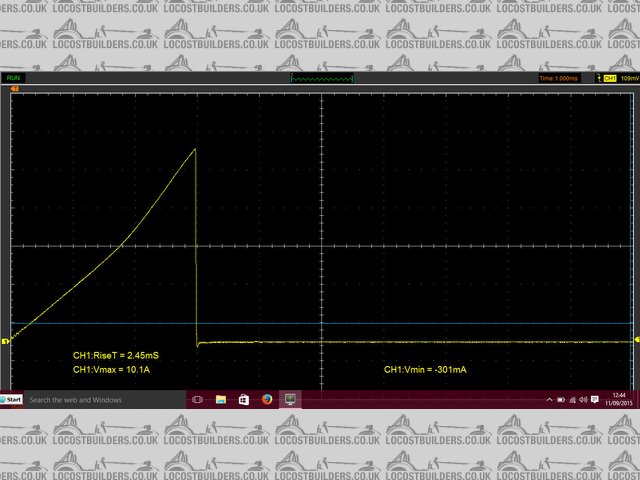Badger_McLetcher
|
| posted on 17/4/16 at 09:54 PM |

|
|
Coil on Plug wiring and ballast resistor value
'Evening all, I'm hoping I can tap into the vast pool of knowledge for a bit of a sanity check on my ignition wiring.
I'm planning on using the 2-pin CoP's from the donor S-Type Jag I got my engine off, which I think are also in common with some Ford
ones. A very generous member of this forum has provided me with a couple of manuals, one of which states that these coils must not see over 9 volts.
I'm not sure how they did this in the Jag as unfortunately I disposed of it before I found this out, and since I'm using an Emerald ECU
that means a ballast resistor is necessary.
Now I measured a couple of the coils and they seem to have a resistance of 1 ohm, which seems rather low. Based upon that I need a current of 9amps
maximum, which I think means a ballast resistor of about 0.6ohms. Due to the high current that means a power dissipation of about 30 watts.
My current plan is to have the coil power come from a 10 amp fuse to the old wiring harness (which has a couple of suppression capacitors on it) via
a relay, with the individual returns going to earth via the ECU.
Does all the above seem reasonable?
If disfunction is a function, then I must be some kind of genius.
|
|
|
|
|
theprisioner
|
| posted on 17/4/16 at 10:39 PM |

|
|
My understanding is these coild have a ballast resistor dropping the voltage to 6V and take about 4A so R=E/I R = 1.5Ohms. The ballast resistor is
shorted out during stating, however the battery voltage with 200A being drawn will drop to about 9V. Does that make any sense.
http://sylvabuild.blogspot.com/
http://austin7special.blogspot.co.uk/
|
|
|
Badger_McLetcher
|
| posted on 18/4/16 at 05:55 AM |

|
|
Aye, I see what you mean about the resistor being shorted during starting - not sure what the exact supply voltage would be as the battery voltage
would lower somewhat due to the starter motor cranking. I'd assume in that situation it would probably be about 9-10 volts, so should be fine
for the coils I guess.
I think the 1.5 ohm ballast resistor would only allow the coils 4.8 volts from a 12v supply (I=V/R=12/2.5=4.8, Vcoil=IR=4.8x1).
If disfunction is a function, then I must be some kind of genius.
|
|
|
britishtrident
|
| posted on 18/4/16 at 05:59 AM |

|
|
On any car I have worked with COP they have no ballast ressistor, the car ECU shortens the dwell angle at low RPM to control the power discsipation of
the coil.
This is the a current ramp for Rover K16 EU3 COP engine wasted spark -- no ballast coil ressistance is circa 1.2 ohms peak current 10amps. Battery
voltage 14.45 volts
Normally coil circuits need a 20 or 30 amp fuse.
 
K series Double Cop Primary
[Edited on 18/4/16 by britishtrident]
[I] “ What use our work, Bennet, if we cannot care for those we love? .”
― From BBC TV/Amazon's Ripper Street.
[/I]
|
|
|
Badger_McLetcher
|
| posted on 18/4/16 at 07:24 PM |

|
|
OK that makes sense, so basically because the initial impedance of the coil is high as it generates the magnetic field that limits the voltage and
current? I'm happy with that, it means no fiddling around with a ballast resistor - just need to uprate the fuse.
Cheers for the info!
If disfunction is a function, then I must be some kind of genius.
|
|
|
britishtrident
|
| posted on 20/4/16 at 08:40 AM |

|
|
I had some time this morning so I did some Googleing and brought up this.
http://www.lotus7.club/forum/techtalk/another-emerald-k3-gotcha-wasted-spark-coil-dwell-time-table
[I] “ What use our work, Bennet, if we cannot care for those we love? .”
― From BBC TV/Amazon's Ripper Street.
[/I]
|
|
|













